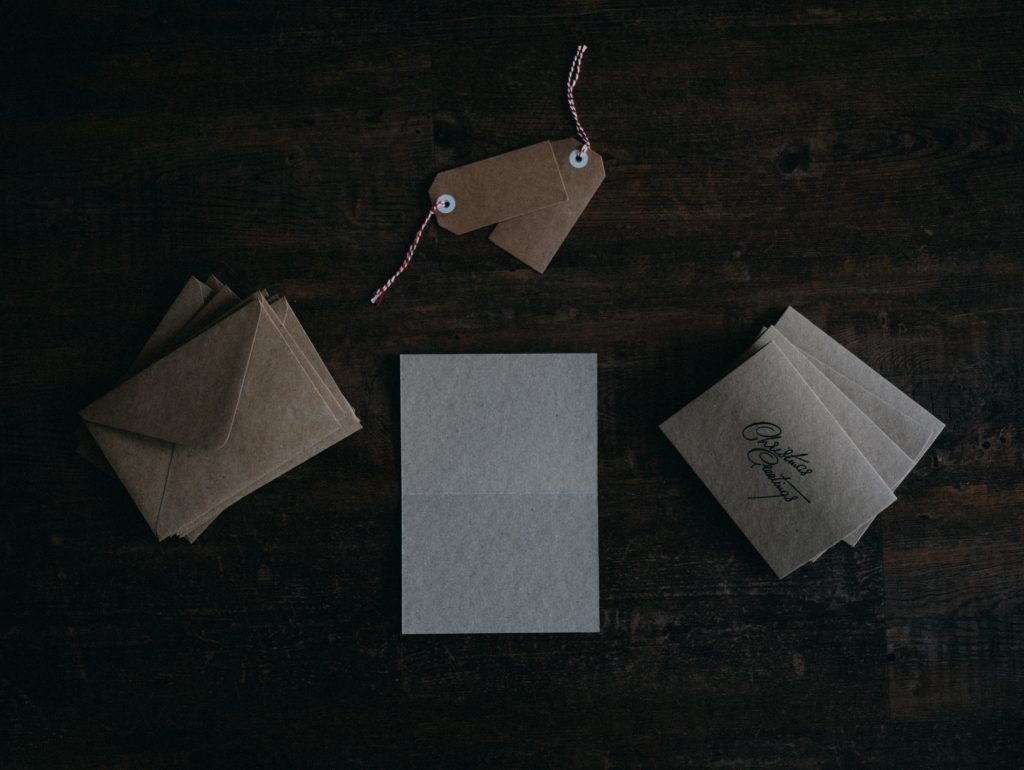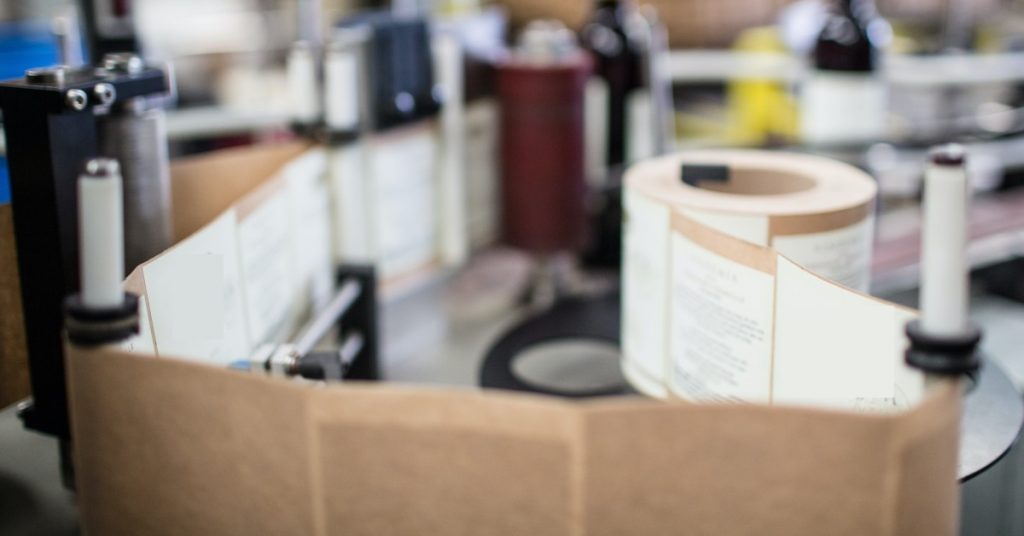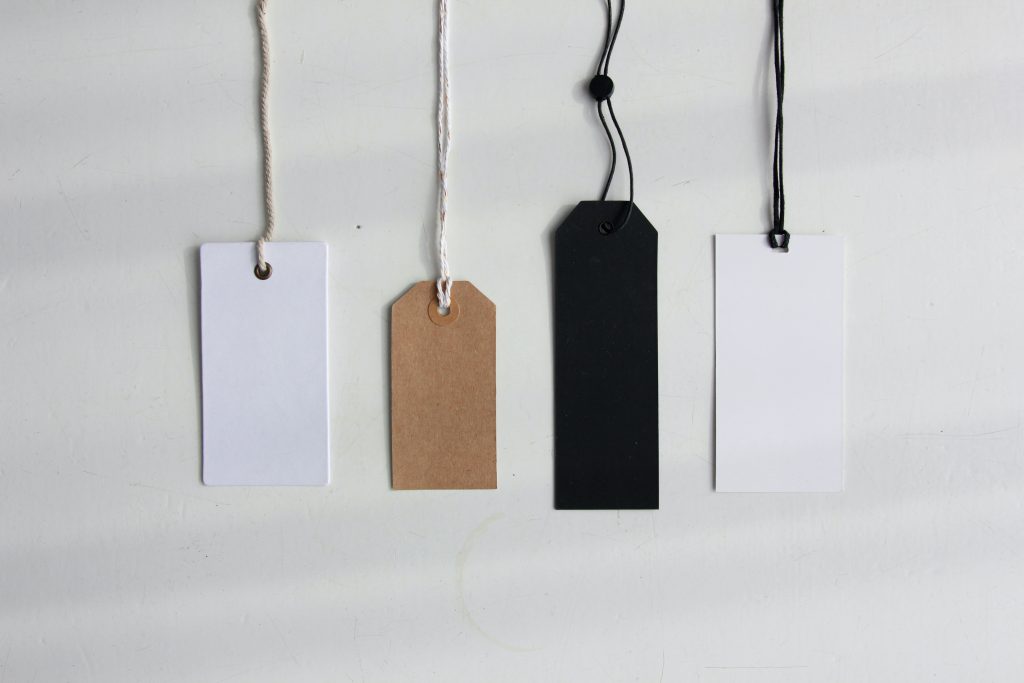Printing plays a significant role in our daily lives, from the labels on products we use to the vibrant posters we admire. However, the world of printing can be overwhelming, with various methods and terminology to navigate.
In this beginner’s guide, we’ll break down the different printing methods in simple terms, helping you understand the basics and make informed choices.
Let’s dive into the world of printing!

1. Flexographic Printing: Flexographic printing, also known as flexo printing, is like using a rubber stamp to apply ink onto surfaces. It works well on various materials, including paper, cardboard, plastics, films, labels, and flexible packaging. Flexo printing can produce colorful and solid designs efficiently and is often used for items like food packaging, labels, and shopping bags.
2. Lithographic Printing: Lithographic printing, or litho printing, is like creating a stamp using metal and rubber. It involves transferring ink from a metal plate onto a rubber blanket and then onto the printing surface. Litho printing produces high-quality prints with sharp details, smooth gradients, and precise colors. It is commonly used for items like magazines, brochures, books, and posters.
3. Screen Printing: Screen printing is like using a stencil to paint on a surface. It involves pressing ink through a fine mesh screen onto the printing material. Screen printing works well on various surfaces, such as fabrics, paper, plastics, glass, and metals. It offers vibrant colors and solid coverage but may not capture fine details as effectively as other methods.

4. Digital Printing: Digital printing is like using a specialized printer to directly apply ink onto a surface. It allows for precise and customizable prints without the need for printing plates or screens. Direct-to-garment (DTG) printing, used for fabrics, and UV flatbed printing, used for rigid materials, are common digital printing methods. Digital printing offers high-resolution prints, quick turnaround times, and the ability to handle small print runs or variable data efficiently.
5. Pad Printing: Pad printing is like stamping ink onto irregular or curved surfaces. It uses a silicone pad to transfer ink from an etched plate onto the product’s surface. Pad printing is versatile and can be used for objects like promotional items, toys, or electronics.
6. Cutout Labels: Cutout labels involve using a computer-controlled machine to create custom-shaped labels from adhesive material. The machine precisely cuts the material to create intricate designs, logos, or lettering. These labels are then applied directly to products or surfaces. Cutout labels are popular for branding, product labeling, vehicle graphics, and signage. They offer durability, resistance to weather and UV rays, and can be easily removed without leaving residue.

Choosing the Right Method: When considering which printing method to use, there are a few key factors to consider:-
Surface and Material: Different printing methods work better on specific surfaces and materials. Flexo printing works well on flexible packaging, while litho printing is ideal for paper-based products.-
Design Complexity: If your design requires fine details or intricate elements, litho printing or digital printing may be a better choice. Screen printing can handle solid colors, and vinyl cutout labels offer precise shapes and lettering.-
Quantity and Budget: For large print runs, flexo or litho printing might be more cost-effective due to efficient production processes. Digital printing and vinyl cutout labels are excellent for small quantities or personalized prints.
Conclusion: Understanding the basics of printing methods empowers you to make informed decisions when it comes to choosing the right method for your printing needs. Flexo printing, litho printing, screen printing, digital printing, pad printing, and vinyl cutout labels each offer unique advantages and applications. By considering factors such as surface, design complexity, quantity, and budget, you can select the most suitable method to bring your ideas to life. Whether you need vibrant and solid colors, high-quality prints with sharp details, custom-shaped labels, or personalized designs, there is a printing method that will meet your requirements.
Views: 399

